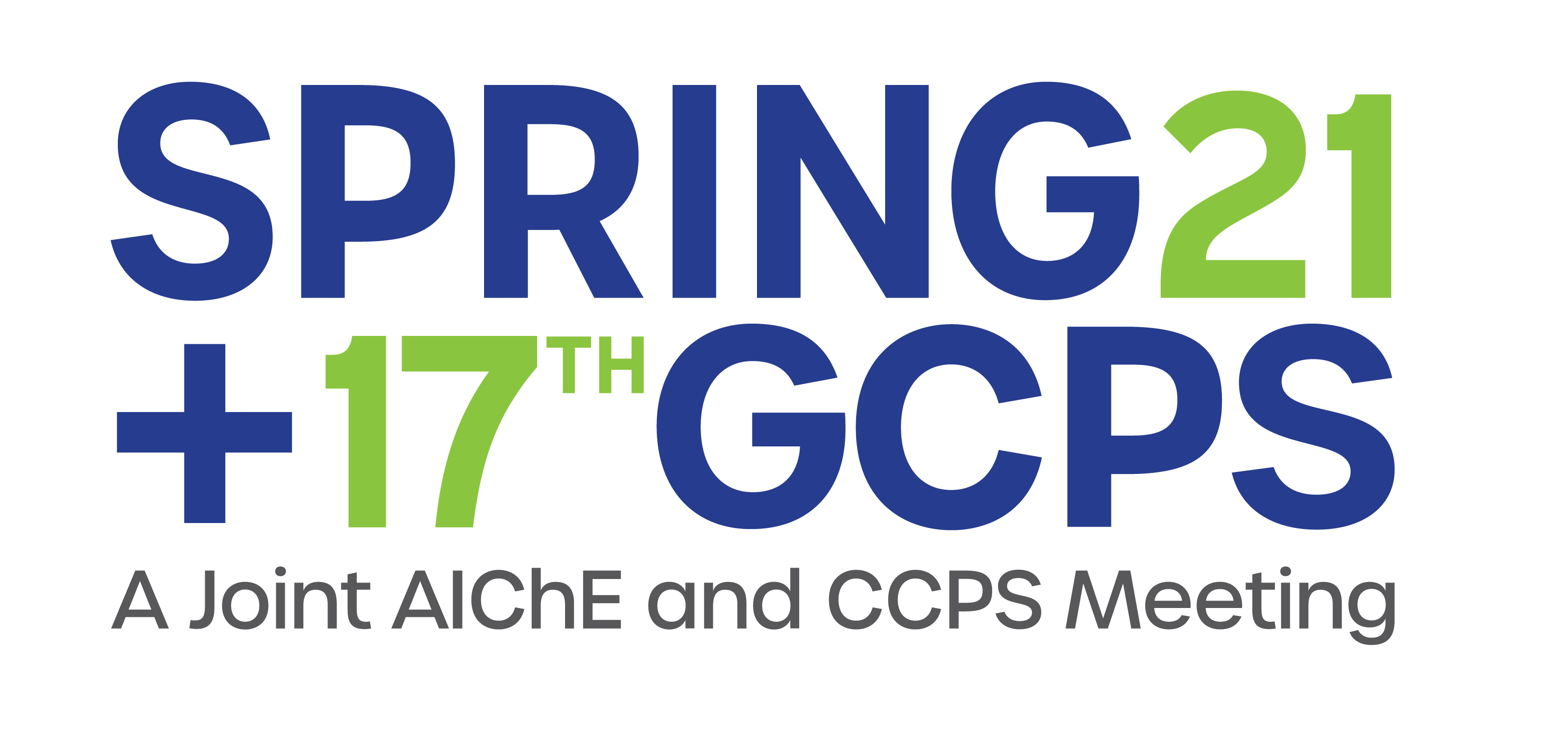

Application
of Causal Analysis based on System Theory (CAST) to the T2 Laboratories
incident
Texas A&M University, College Station, TX 77840, USA
bMary Kay O’Connor Process Safety Center, Texas A&M University,
College Station, TX 77840, USA
Accident Model and Processes) is an accident causalty model that is based on
systems thinking and systems theory. STAMP can be applied for incident
investigations through the methodology called causal analysis based on system
theory (CAST)[1]. It is
a socio-techinial causal analysis method that systematically helps to identify
causes that led to the accident. Unlike traditional accident models that rely
on linear causation effects such as swiss-cheese model and domino effect models,
CAST adopts a control-centric approach that helps account for causes that arise
due to nonlinear interactions. Some unique features of CAST include treating
safety as an emergent property, and providing the scope to account for software
interations and temporal aspects of control actions. However, it is seen that
applications of CAST to chemical engineering systems is scarce so far[2-4].
Considering the increasing complexity of chemical processes, accident models
based on simple linear causation effects may not be sufficient in identifying the
root cause of an incident. CAST
methodology is implemented in five steps: assembling the basic information,
modeling the safety control structure, analysing the control structure to
identify failed control elements, analysing the systemic factors and control
structure flaws and providing recommendations to improve process safety. The
second step, which is to model the safety control structure, is the essence of
the CAST methodology. The control structure is heirarchical and requires every
control block to have well defined functional objectives and control elements
to achieve its goals. In this paper, the objective is to apply CAST to a chemical
incident to identify the social and technical causes that led to a chemical
indident. The T2 laboratories explosion that occurred in Florida, 2007 is
chosen to illustrate the CAST methodology[5]. The explosion led to four
fatalities and several injuries. The CAST methodology along with extensive
simulation based on MATLAB environment led to identifying both social and
technical proximate causes. Most importantly, the results showed that temporal
aspects of control actions, such as, how long the action was applied or how
early/late it was applied also played an important role in the T2 Laboratories
incident.
from Accidents that are a Consequence of Complex Systems. Presented at the
48th Annual International Society of Air Safety Investigators, 2017. 2. Elliott,
J., CAST analysis of the Buncefield incident. Procedia Engineering,
2017. 179: p. 23-33. 3. Leveson,
N.G., CAST Analysis of the Shell Moerdijk Accident. 2016, MIT.
Cambridge: EU Major Accident Hazards Bureau. 4. Muñoz,
M.F.T., The Underestimated Value of Safety in Achieving Organizational
Goals: Cast Analysis Off the Macondo Accident. 2017, Massachusetts
Institute of Technology, System Design and Management Program.
of Causal Analysis based on System Theory (CAST) to the T2 Laboratories
incident
Joshiba
Ariamuthu Venkidasalapathya,b,*
Texas A&M University, College Station, TX 77840, USA
bMary Kay O’Connor Process Safety Center, Texas A&M University,
College Station, TX 77840, USA
*Presenter email: joshvenkat03@tamu.edu
Abstract STAMP (Systems-TheoreticAccident Model and Processes) is an accident causalty model that is based on
systems thinking and systems theory. STAMP can be applied for incident
investigations through the methodology called causal analysis based on system
theory (CAST)[1]. It is
a socio-techinial causal analysis method that systematically helps to identify
causes that led to the accident. Unlike traditional accident models that rely
on linear causation effects such as swiss-cheese model and domino effect models,
CAST adopts a control-centric approach that helps account for causes that arise
due to nonlinear interactions. Some unique features of CAST include treating
safety as an emergent property, and providing the scope to account for software
interations and temporal aspects of control actions. However, it is seen that
applications of CAST to chemical engineering systems is scarce so far[2-4].
Considering the increasing complexity of chemical processes, accident models
based on simple linear causation effects may not be sufficient in identifying the
root cause of an incident. CAST
methodology is implemented in five steps: assembling the basic information,
modeling the safety control structure, analysing the control structure to
identify failed control elements, analysing the systemic factors and control
structure flaws and providing recommendations to improve process safety. The
second step, which is to model the safety control structure, is the essence of
the CAST methodology. The control structure is heirarchical and requires every
control block to have well defined functional objectives and control elements
to achieve its goals. In this paper, the objective is to apply CAST to a chemical
incident to identify the social and technical causes that led to a chemical
indident. The T2 laboratories explosion that occurred in Florida, 2007 is
chosen to illustrate the CAST methodology[5]. The explosion led to four
fatalities and several injuries. The CAST methodology along with extensive
simulation based on MATLAB environment led to identifying both social and
technical proximate causes. Most importantly, the results showed that temporal
aspects of control actions, such as, how long the action was applied or how
early/late it was applied also played an important role in the T2 Laboratories
incident.
References
1. Thomas, J. and C. Malmquist, Learningfrom Accidents that are a Consequence of Complex Systems. Presented at the
48th Annual International Society of Air Safety Investigators, 2017. 2. Elliott,
J., CAST analysis of the Buncefield incident. Procedia Engineering,
2017. 179: p. 23-33. 3. Leveson,
N.G., CAST Analysis of the Shell Moerdijk Accident. 2016, MIT.
Cambridge: EU Major Accident Hazards Bureau. 4. Muñoz,
M.F.T., The Underestimated Value of Safety in Achieving Organizational
Goals: Cast Analysis Off the Macondo Accident. 2017, Massachusetts
Institute of Technology, System Design and Management Program.
5. CSB, T2 Laboratories Inc. Reactive
Chemical Explosion. 2009.
Presenter(s)
Once the content has been viewed and you have attested to it, you will be able to download and print a certificate for PDH credits.
If you have already viewed this content,
please click here
to login.
